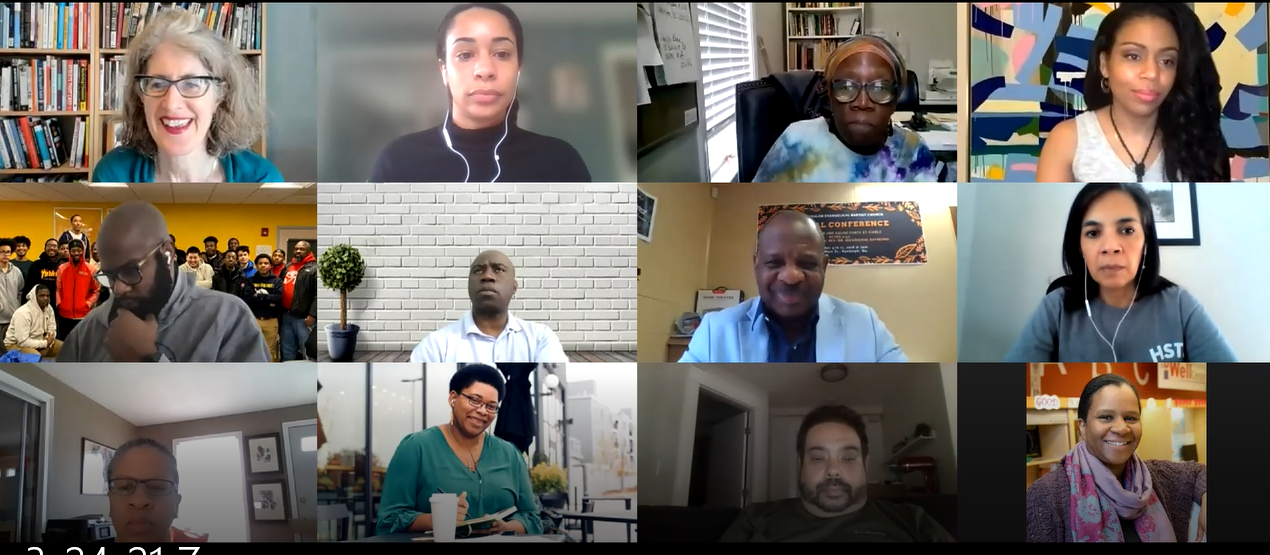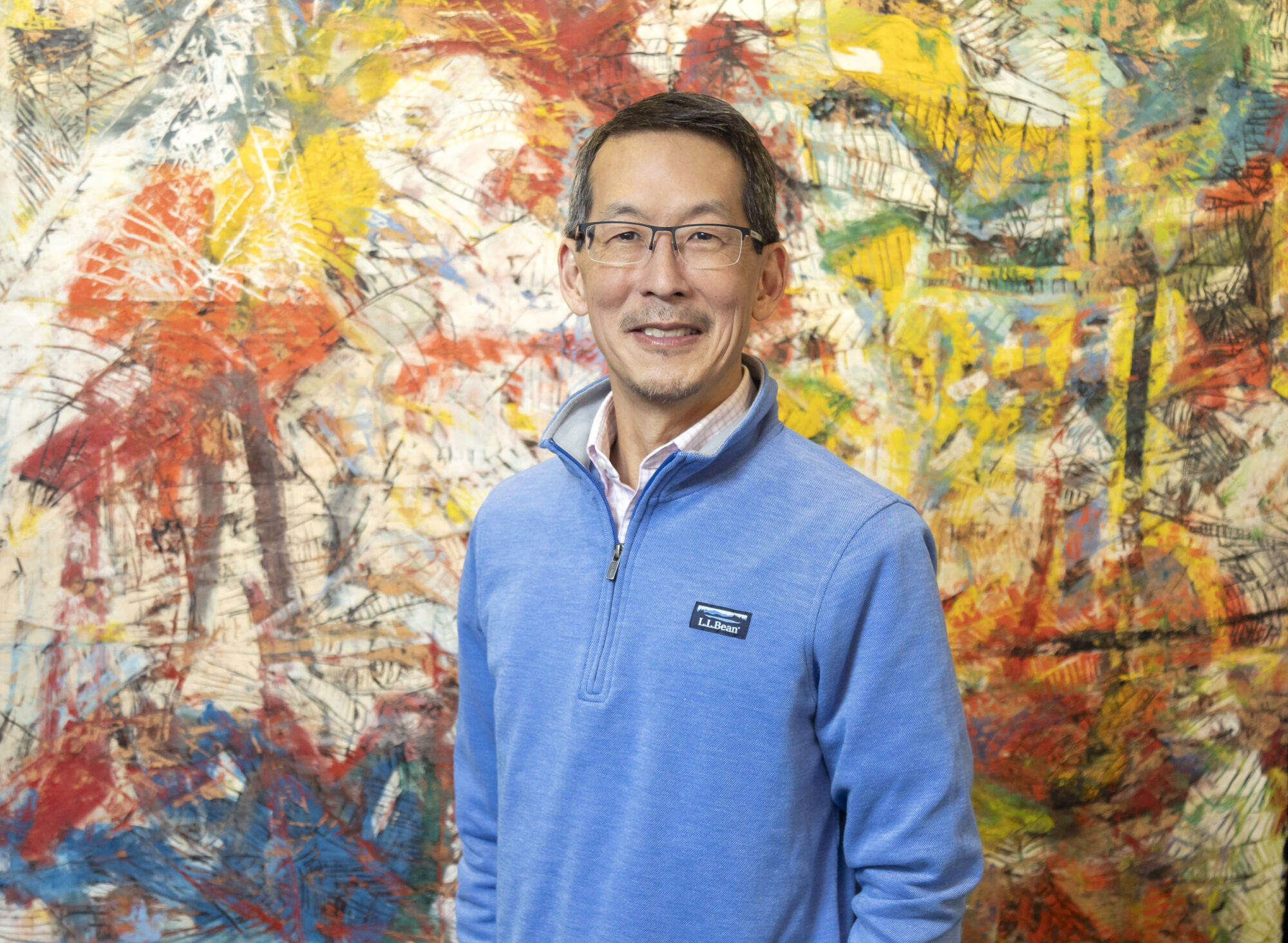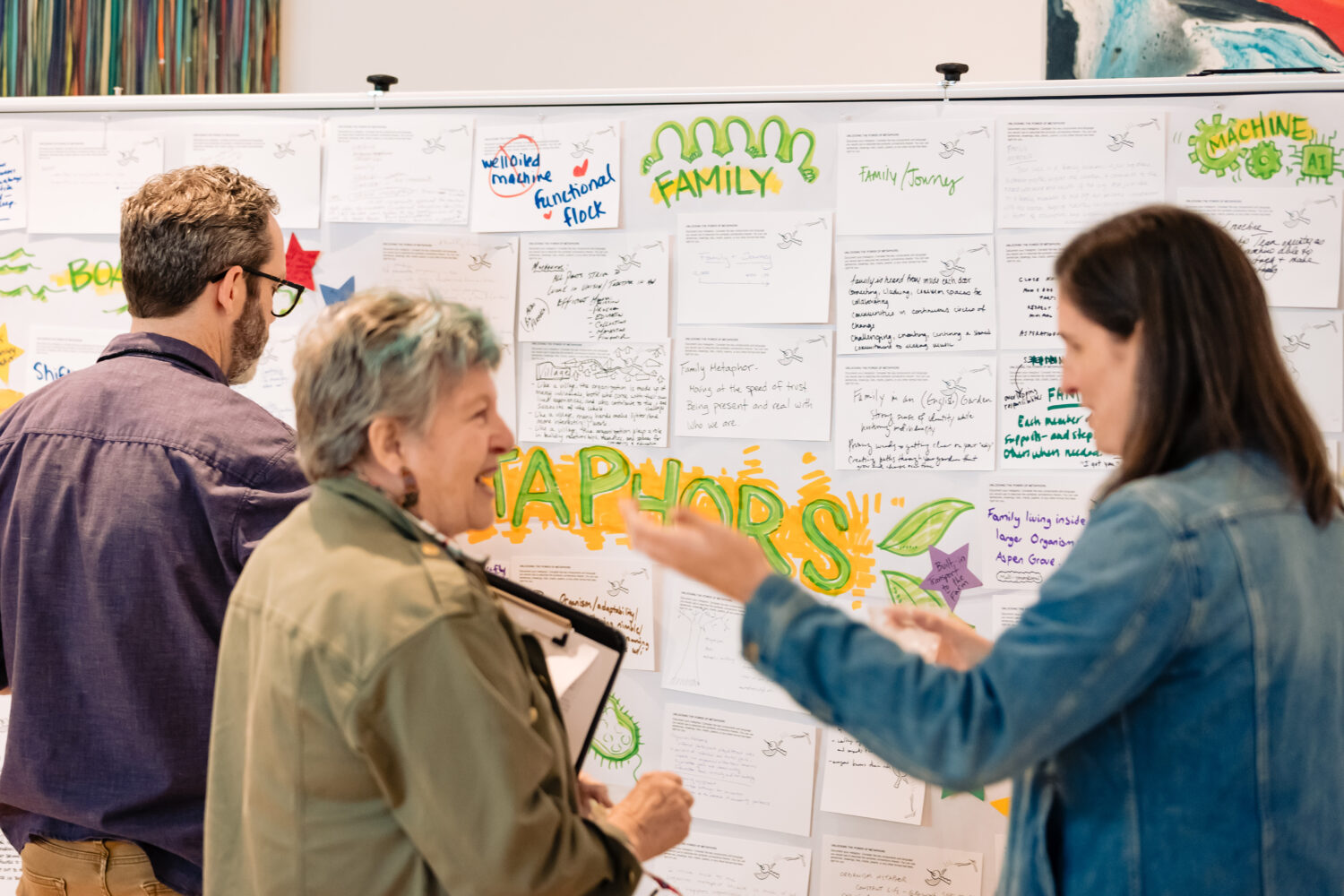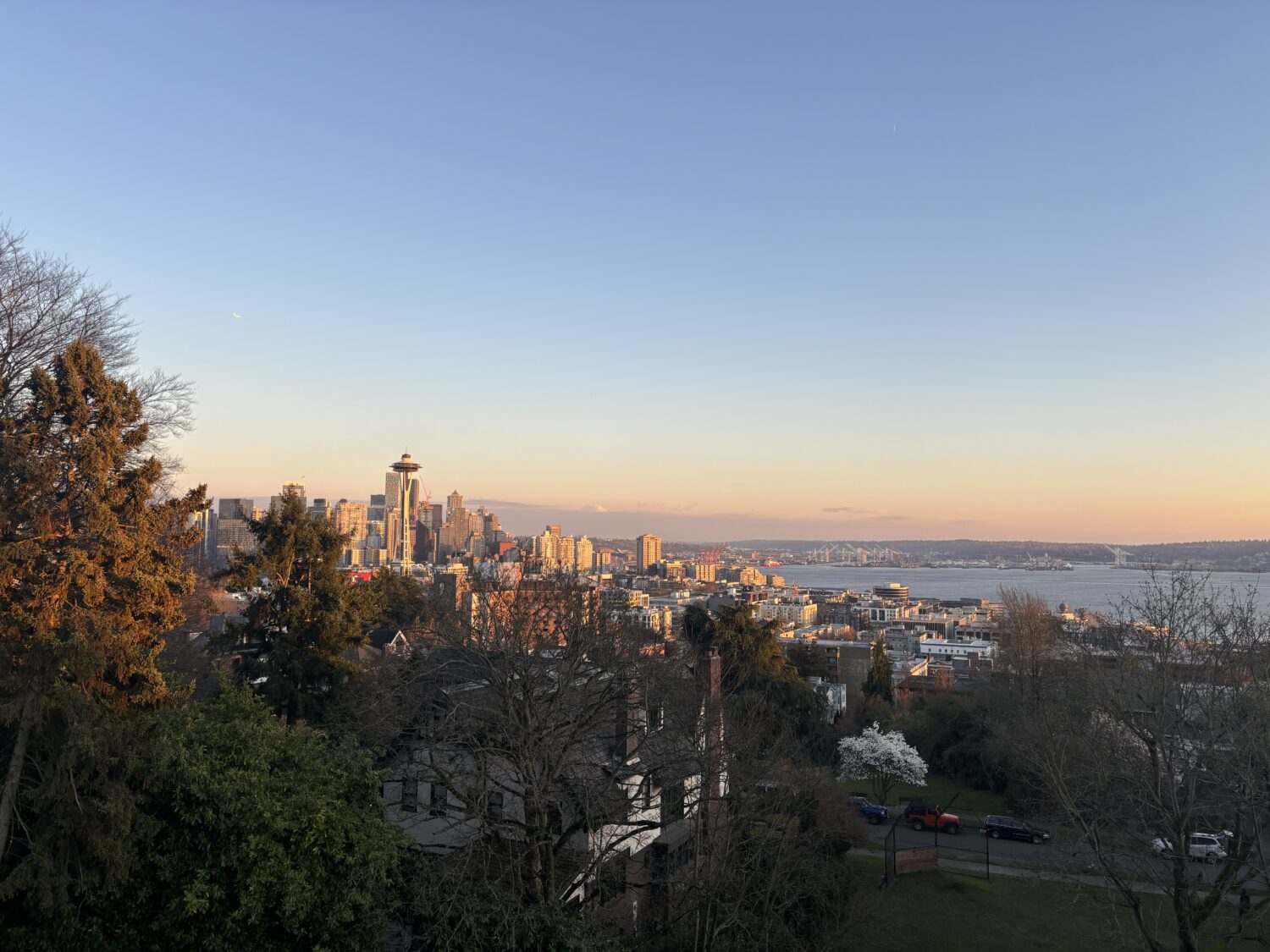Roger recently joined Rusty Stahl of Fund the People in conversation on Barr’s work to invest in leadership development across many levels of an organization and the nonprofit sector. Listen to the episode here.
Investing in leaders has long been one of Barr’s core values and a central focus of our work. But over the past year, we have seen even more clearly the imperative to invest in leadership and to do so in different ways, centered more squarely on racial equity. To address the urgent challenges we face in Barr’s focus areas of Arts & Creativity, Education, and Climate, or in any of the many areas in which we need major change, we don’t just need more programs or more funding. We need new models and approaches, with people at the center.
Over the past year, we have seen a critical need for leaders who can improvise, innovate, and navigate transformational change in every mission-driven organization (and by “leaders,” we mean staff across an organization, not just those at the “top”). Many organizations have redoubled their efforts to bring on BIPOC directors, board members, and staff, which is an important step. But if we seek fundamental change, our goal cannot be simply to try to advance BIPOC leaders in organizations and structures that remain unchanged.
So what does this mean? There are three areas that we’re exploring to advance leadership for racial equity. We encourage other funders and organizations to join us in this work.
Three Key Focuses to Advance Leadership for Racial Equity
1. Challenging the basic concepts and structures of leadership and leadership development
Central to Barr’s focus on racial equity is a commitment to listen to and co-design with the leaders with whom we wish to partner, who can illuminate new ways of working. We are privileged to be learning with Third Sector New England (TSNE), whose staff spent a year working with and listening to leaders of small grassroots organizations to identify and prioritize the kind of capacity building they would find most helpful for the approaches to leadership they seek to embrace. In January, TSNE launched the Executive Directors of Color Capacity Support Pilot, a year-long cohort program engaging participants working in community to co-create the learning agenda and including an intentional reflection and learning component for TSNE and the pilot’s funders. Significantly, this pilot is supported by a collaborative of four foundations – Barr, the Boston Foundation, the Hyams Foundation, and The Klarman Family Foundation – which stems from our shared belief not only in the need for leadership development but that we as funders also need to work differently and more collaboratively.
While some aspects of leadership models may be more operational (e.g., how leadership responsibilities are distributed), others can be quite fundamental – for instance, questioning and deconstructing board roles that have blurred lines between mission-focused governance and donor engagement, issues that directly relate to power and equity. (In fact, we have identified a critical need to include and strengthen supports for boards in these leadership development efforts overall.) Just the definition of who is a “leader” and who is the focus of “leadership development” is another key question to examine.
We know organizations are stretched with just managing their ongoing work, particularly in a pandemic. Organizations need time, space, and support to question and experiment with how they operate at a fundamental level: testing new approaches to leadership, organizational structure, services and programs, financial resources and sustainability.
2. Investing in organizations, not just individuals
Most typical “leadership development” programs focus on the individual, with a predominant emphasis on skill development. Most are “pull-out” programs where an individual is selected to participate in a set of opportunities separate from their organization. They then return to their organization, expected to work in new ways, with a context and colleagues that have not changed. This challenge can be magnified with the increased focus on racial equity, as boards may be selecting BIPOC leaders either to change the face of the organization without understanding the need to transform the organization, or with the expectation of organizational transformation without adequate organizational supports for the new leader to make change possible.
Investing in organizational capacity, therefore, is critical for leadership development in at least two ways. For more diverse leaders to be successful and thrive, they need the organizational resources, technical assistance, learning opportunities, and other supports to make possible the leadership they can bring. And for there to be a viable, sustainable, and ongoing pipeline of BIPOC leaders – as well as organizational capacity to take risks, learn, and adapt in general – organizations must have the capacity and flexibility to invest centrally in their staff. In some cases, one basic element may be simply to ensure a living wage or just create paid positions, rather than relying on “sweat equity” that requires people to hold other jobs in order to support their mission-driven work. But of course, supporting the development of people goes well beyond that baseline. Grants for general operating support, with a focus on staff development, can make a difference, as can the provision of a range of resources alongside a grant.
3. Developing approaches that span a region or field
In most regions and most fields, nonprofit organizations are generally quite small. This leads to limited opportunities for employees to advance up a career ladder, or for organizations to do significant leadership development or succession planning. So each employee is on their own, looking for the next opportunity, and each organization is on its own, competing for people. This dynamic is very costly to both organizations and individuals. And one-by-one approaches, with one organization or leader at a time, will not create the sustainable change we need.
Is there a way to build more of an ecosystem approach, across organizations, with a focus on racial equity? On this issue, we at Barr mainly have questions we’re seeking to explore. Is there a geography where organizations might come together around a people development agenda in a collaborative way, investing collectively in the sector workforce and creating pathways across organizations? Are there examples can we learn from where a field has sought to do this?
There are also questions about capacity in the field to support organizational and leadership development centered on racial equity. The Institute for Nonprofit Practice (INP) and TSNE found that even when organizations had resources or funding for organizational development, they could not find consultants with the experience and knowledge to effectively integrate diversity, equity, inclusion, and belonging (DEIB) practices into their engagements. INP and TSNE are collaborating on the development of a cohort-based certificate program that equips organizational development consultants with the tools and practices to apply and integrate a DEIB lens in their work with clients.
Investing for the Long Term
These are not just needs for a time of a global pandemic, nor are they capacities we can simply call up in times of crisis. If we are serious about change – and particularly if we are serious about addressing racial equity – we need to support our partners and their people in the critical, ongoing work that equips them to carry out the transformational work we all seek. We look forward to continuing to learn with our grantees and others in the field as we continue on this journey.




